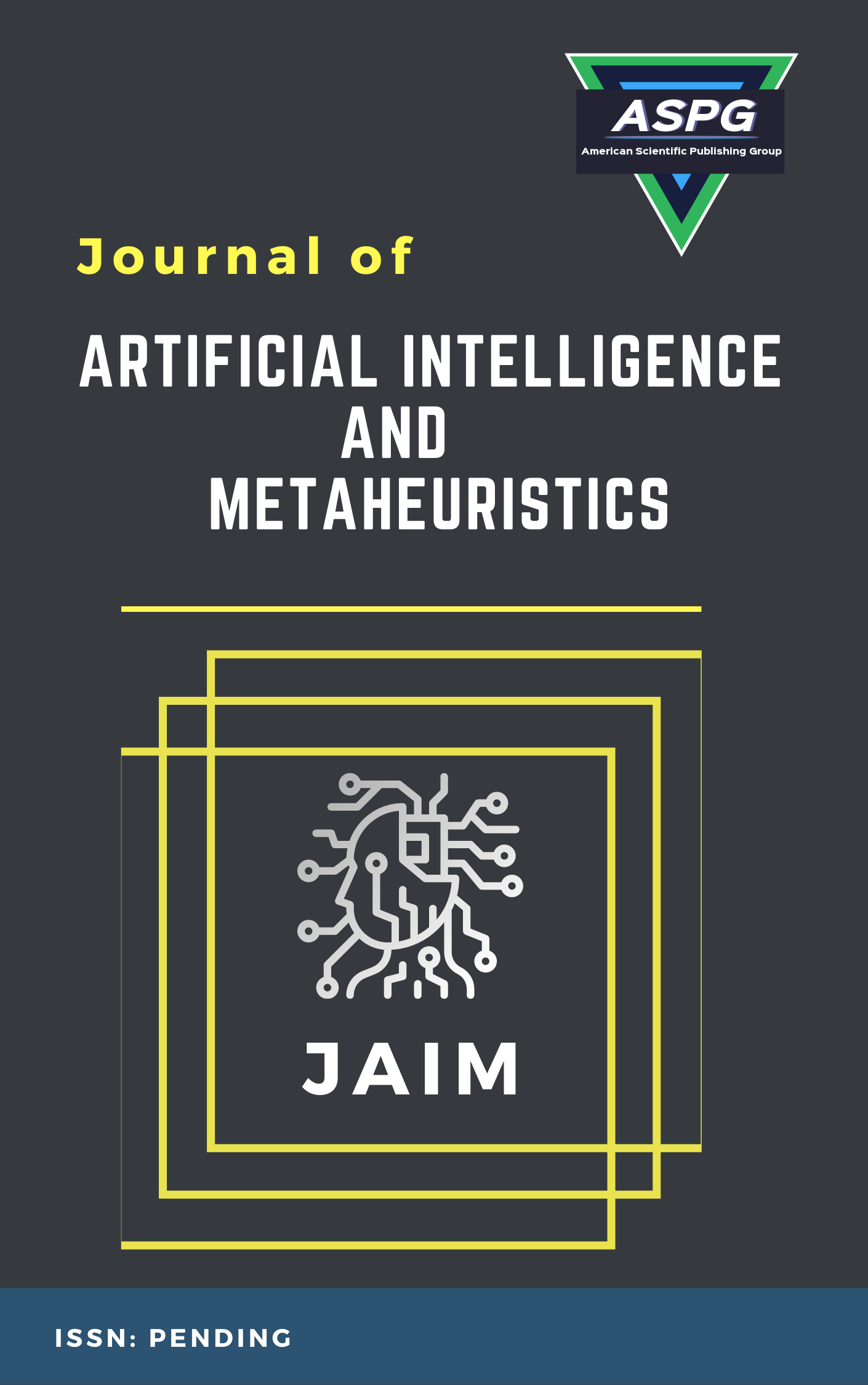

Volume 9 , Issue 1 , PP: 53-71, 2025 | Cite this article as | XML | Html | PDF | Full Length Article
Marwa M. Eid 1 * , Anis Ben Ghorbal 2
Doi: https://doi.org/10.54216/JAIM.090106
This paper proposes to evaluate how different machine learning techniques can be used to predict daytime power generation based on the ”Daily Power Generation Data” dataset. As a result of six models, which contain Random Forest Regressor, Decision Tree Regressor, Nearest Neighbors, Linear Regression, MLP Regressor, and SVR, a clear understanding has been accomplished by assessing the performance using multiple metrics. First of all, the Random Forest Regressor turned out to be the best in terms of the Mean Squared Error (MSE) of 3.57×10−6, which was the lowest among the three ML models. The introduction of the paper highlights the role of precise planning of the power market and the consecutive sections describing the topic mathematically. The table below, with a total list of performance issues, explains why the Random Forest Regressor is the superior full-proof model using the lowest MSE, highest explained variance, and great resistance to outlying samples. The paper thus gave various useful approval criteria that, to a great extent, we can choose the best model out of them because the Random Forest Regressor was in a position to get the highest performance metrics.
Power Generation , Daily Power Generation , Machine Learning , Random Forest Regressor.
[1] E. M. Almetwally and M. A. Meraou. Application of environmental data with new extension of nadarajah-haghighi distribution. Computational Journal of Mathematical and Statistical Sciences, 1(1):26–41, 2022.
[2] H. Z. Muhammed and E. M. Almetwally. Bayesian and non-bayesian estimation for the shape parameters of new versions of bivariate inverse weibull distribution based on progressive type ii censoring. Computational Journal of Mathematical and Statistical Sciences, 3(1):85–111, 2024.
[3] Khader M. Hamdia, Xiaoying Zhuang, and Timon Rabczuk. An efficient optimization approach for designing machine learning models based on genetic algorithm. Neural Computing and Applications, 33(6):1923–1933, March 2021.
[4] Yilin Ma, Ruizhu Han, and Weizhong Wang. Portfolio optimization with return prediction using deep learning and machine learning. Expert Systems with Applications, 165:113973, March 2021.
[5] R. Alotaibi, G. R. AL-Dayian, E. M. Almetwally, and H. Rezk. Bayesian and non-bayesian two-sample prediction for the fr´echet distribution under progressive type ii censoring. AIP Advances, 14(1):015137, 2024.
[6] Jichao Li, Xiaosong Du, and Joaquim R. R. A. Martins. Machine learning in aerodynamic shape optimization. Progress in Aerospace Sciences, 134:100849, October 2022.
[7] Defu Zhu, Biaobiao Yu, Deyu Wang, and Yujiang Zhang. Fusion of finite element and machine learning methods to predict rock shear strength parameters. Journal of Geophysics and Engineering, 21(4):1183– 1193, August 2024.
[8] Vikram Pasupuleti, Bharadwaj Thuraka, Chandra Shikhi Kodete, and Saiteja Malisetty. Enhancing Supply Chain Agility and Sustainability through Machine Learning: Optimization Techniques for Logistics and Inventory Management. Logistics, 8(3):73, September 2024. Number: 3 Publisher: Multidisciplinary Digital Publishing Institute.
[9] A. Djaafari, A. Ibrahim, N. Bailek, K. Bouchouicha, and M. A. Hassan. Hourly predictions of direct normal irradiation using an innovative hybrid lstm model for concentrating solar power projects in hyperarid regions. Energy Reports, 8:15548–15562, 2022.
[10] Masoud Aliramezani, Charles Robert Koch, and Mahdi Shahbakhti. Modeling, diagnostics, optimization, and control of internal combustion engines via modern machine learning techniques: A review and future directions. Progress in Energy and Combustion Science, 88:100967, January 2022.
[11] Heng Chi, Yuyu Zhang, Tsz Ling Elaine Tang, Lucia Mirabella, Livio Dalloro, Le Song, and Glaucio H. Paulino. Universal machine learning for topology optimization. Computer Methods in Applied Mechanics and Engineering, 375:112739, March 2021.
[12] Kerr Ding, Michael Chin, Yunlong Zhao, Wei Huang, Binh Khanh Mai, Huanan Wang, Peng Liu, Yang Yang, and Yunan Luo. Machine learning-guided co-optimization of fitness and diversity facilitates combinatorial library design in enzyme engineering. Nature Communications, 15(1):6392, July 2024. Publisher: Nature Publishing Group.
[13] Ponnarasan Krishnan. Ai-Driven Optimization In Healthcare: Machine Learning Models For Predictive Diagnostics And Personalized Treatment Strategies. Well Testing Journal, 33(S2):10–33, September 2024. Number: S2.
[14] S. Bhavsar, R. Pitchumani, and M. A. Ortega-Vazquez. Machine learning enabled reduced-order scenario generation for stochastic analysis of solar power forecasts. Applied Energy, 293:116964, 2021.
[15] S. Ding, H. Zhang, Z. Tao, and R. Li. Integrating data decomposition and machine learning methods: an empirical proposition and analysis for renewable energy generation forecasting. Expert Systems with Applications, 204:117635, 2022.
[16] D. Mukherjee, S. Chakraborty, and S. Ghosh. Power system state forecasting using machine learning techniques. Electrical Engineering, 104(1):283–305, 2022.
[17] Daily power generation data. https://www.kaggle.com/datasets/arvindnagaonkar/ power-generation-data, 2024. Accessed: Mar. 13, 2024.
[18] S. Alam and N. Yao. The impact of preprocessing steps on the accuracy of machine learning algorithms in sentiment analysis. Computational and Mathematical Organization Theory, 25(3):319–335, 2019.